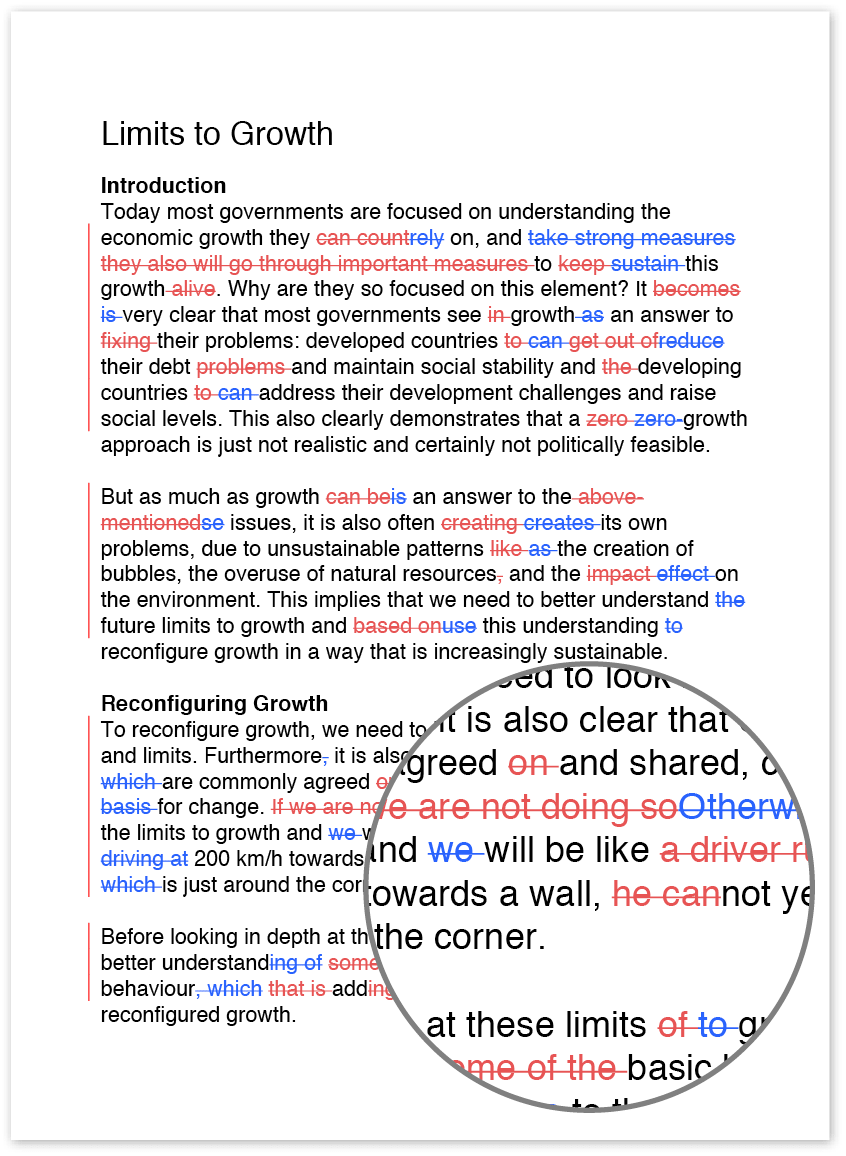Writing composition techniques
You can use a variety of writing composition techniques when composing a document to engage your audience and keep them reading until the end. Skilled writers use a combination of these composition techniques to keep their writing exciting and draw readers in. Keep reading for descriptions of some of the composition techniques you can use to make your writing lively.
Set the scene
If you’re describing an experience you had to your readers, use vivid language to make them feel as though they lived through the experience with you. Focus on telling your readers not only what happened to you but also what you saw, felt, tasted, etc. This will help keep your readers engaged and get them to understand where you’re coming from.
Build momentum
When you think about the best speeches and talks that you’ve heard, they likely have one thing in common. The speakers probably started out a little quieter, giving listeners a sense of comfort, before becoming more passionate as the speech went along. You can do the same in your writing. It can help to imagine that you’re reading your piece out loud to an audience to get an idea of what it will sound like. Building to a strong finish will ensure that your audience reads your entire piece.
Show, don’t tell
You may have heard the phrase ‘show, don’t tell’ before, but you might not know what it means. However, it’s a vital rule to remember if you want to create engaging writing. When you show instead of telling, you use vibrant language to set the mood, create a scene or develop an image in your reader’s mind instead of simply using straightforward language to describe something. So, if you want to show and not tell, you’d write ‘The sun beat down on my sweaty face as I trudged down the long, dusty road towards home’ instead of ‘I had to walk a long way home on a hot day.’
Read it out loud
To get a sense of what your writing will sound like to your audience, read it out loud. This can help you catch sentences or phrases that sound awkward and ensure that your piece doesn’t include any sections that don’t fit the overall tone. In addition, some writers find that reading their work out loud can help overcome writer’s block, particularly if they imagine that they are speaking conversationally to someone. When you reach the end of what you’ve written, simply think about what you’d say next in a conversation to get an idea of what you need to write next.
Mix it up
When you’re writing, make sure you use a variety of sentence structures and lengths to keep your writing interesting. Don’t compose an entire paragraph that only consists of long, complex sentences or of very short ones. Too-short sentences make your writing sound choppy, and too-long ones will give your audience reading fatigue. Mix things up to help make sure your readers keep paying attention to what you’re writing.
Focus on the whole
Although it might be tempting to focus on writing one paragraph or one section at a time, make sure you remember to think about how all the parts of your document relate to each other and build on each other. From the very beginning of your document, you should be drawing your reader in, and each paragraph or section should build on the previous one until you reach the end of your document. Otherwise, you run the risk of losing readers.

